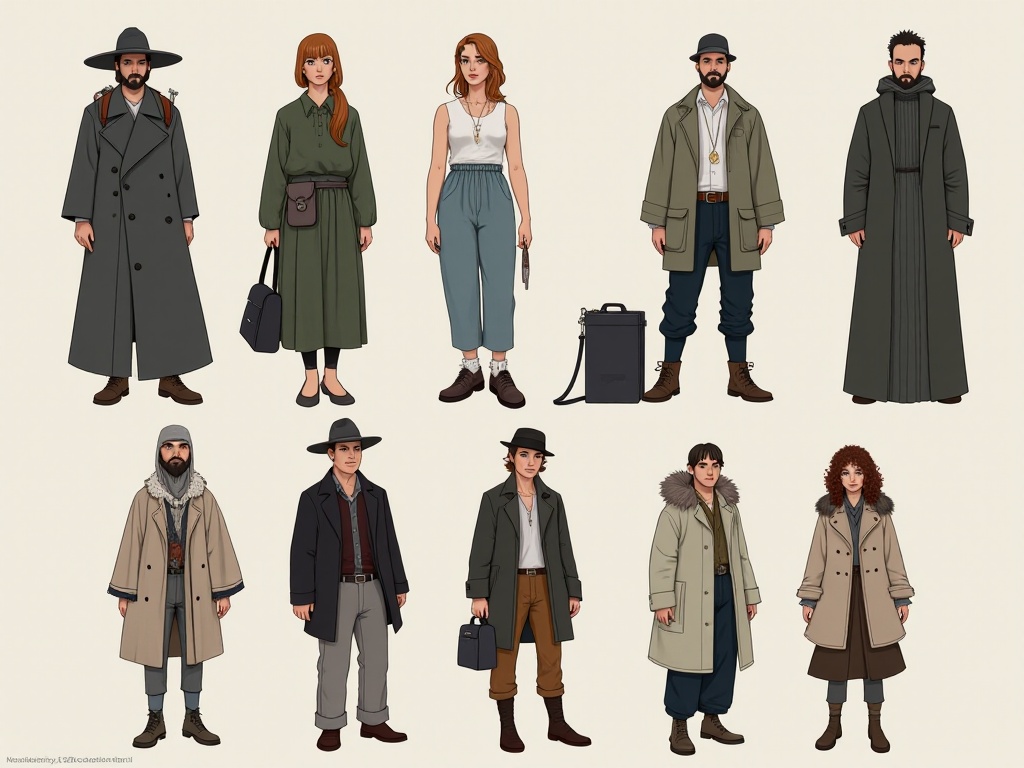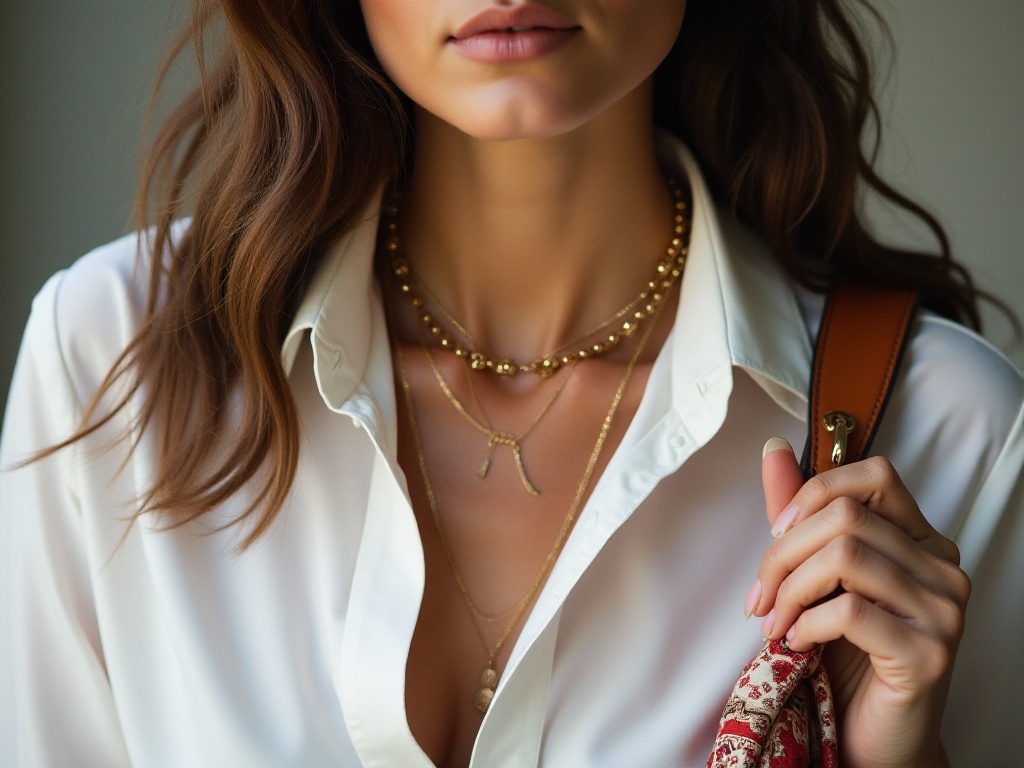Opening Thoughts
Many people share this common frustration: despite having a closet full of clothes, they can never seem to find the right combination; or when they see appealing outfits on others and buy similar items, something just feels off when they wear them. As a fashion blogger who has been obsessed with style coordination since college, I deeply understand this feeling. I remember when I first started studying fashion, I made many mistakes and took quite a few detours. After years of exploration and practice, I finally found a styling method that works for me, and today I'd like to share my insights with everyone.
The Color Code
To be honest, when I first started studying fashion, color coordination gave me a headache. I watched many fashion bloggers' videos where they talked about complementary colors, contrasting colors, and adjacent colors, which left me completely confused. Later, I discovered that you don't need to overthink color coordination - mastering a few simple principles is enough.
Let's start with neutral colors - the versatile black, white, and gray. I remember when I first started working, not knowing how to coordinate colors, my entire wardrobe was nothing but black, white, and gray. Though it looked a bit monotonous, it was indeed practical. I've maintained this habit since then, with about 40% of my wardrobe consisting of neutral pieces. These clothes are like building blocks that can be combined freely with little risk of mismatch.
For example, one of my favorite combinations is: a beige cashmere cardigan paired with black cropped casual pants and white sneakers - simple yet sophisticated. If it feels too plain, adding a bright-colored scarf or a vibrant bag instantly brightens up the whole outfit. I've worn this combination many times and always received compliments.
When it comes to coordinating colorful pieces, I have a tip: start with light shades. Take pink for example - instead of going straight for intense hot pink, try light pink first. I have a light pink knit sweater that looks gentle paired with either beige pants or jeans. Once you get a better feel for color coordination, you can try bolder colors.
Many people don't realize that choosing the right colors not only enhances your outfit but can also make you look more energetic. I had a colleague who always wore dark colors and looked quite gloomy. After I suggested she try some brighter colors like sky blue and pink, her whole appearance became more vibrant.
When choosing colors, you also need to consider your skin tone. I have a yellowish skin tone, so I particularly suit warm colors like camel and milk coffee. If you have cool-toned fair skin, you can try refreshing colors like mint green and light blue.
Color coordination should also reflect seasonal changes. In spring and summer, you can try more bright colors like yellow, pink, and lake blue; in autumn and winter, you can choose deeper colors like burgundy, forest green, and navy blue. This not only suits the season but also adds more dimension to the overall look.

The Art of Layering
Speaking of dimension, this is key to elevating your fashion game. I often see people wearing designer brands but looking rather ordinary, largely because they lack layering.
Take my recent autumn outfit as an example. Here's how I planned it: innermost is a white cotton base layer, over that is a camel cashmere sweater, and the outer layer is a navy blue trench coat. None of the pieces are particularly expensive, but layered together they create a great effect, crucially looking very sophisticated.
Speaking of layering, many people think it will make them look fat, but the key is mastering proportions. Choose fitted styles for inner layers, medium fit for middle layers, and slightly looser fits for outer layers. This creates clear layers without looking bulky.
You can have layering in summer too, just in a different way. For instance, you can create layers with accessories. I often add a thin necklace over a T-shirt, paired with a small bag, and even this simple outfit can look striking.
Another tip is to pay attention to fabric combinations. Layering pieces of different materials can also create great dimension. For example, pairing a silk shirt with a sweater, or a knit sweater with a leather jacket, are both excellent combinations.
[Due to length limitations, this is part one. Let me know if you need the continuation.]
Related articles




